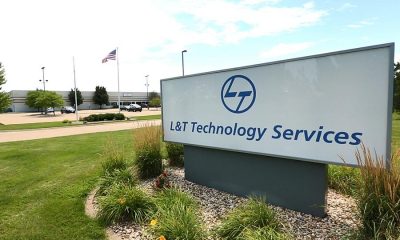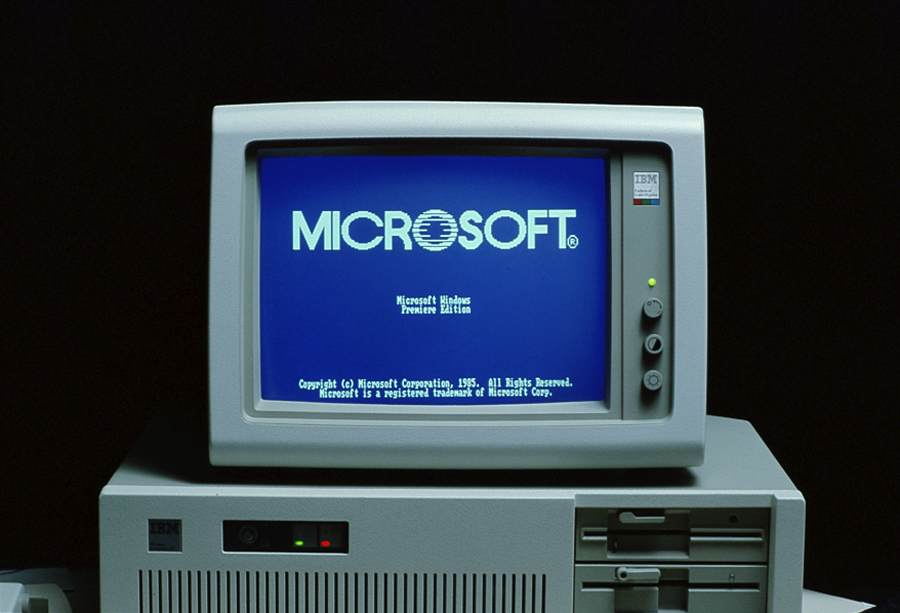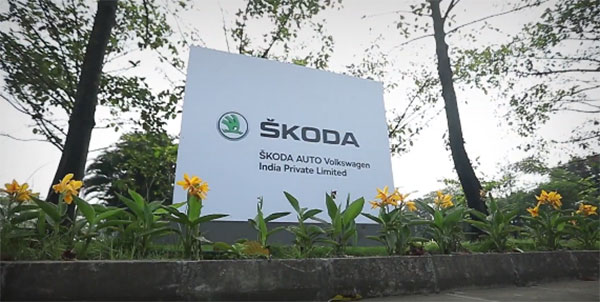News
Dell, Microsoft joins hands with MAIT Inbox

NEW DELHI: MAIT, the apex body representing India’s IT hardware, training and R&D service sectors in association with Dell and Microsoft today launched a report “EduVision 2018 – Transforming Education Through Technology Adoption”.
The report discusses in-depth on how to deploy technology in Indian schools, colleges and universities with the goal of making education more inclusive by reducing access and cost barriers; ensuring quality curriculum delivery; effectively monitoring learning outcomes; and empowering teachers to deploy corrective measures when needed.
India’s rapid economic growth has powered the ambition and rise of its 1.3 billion citizens with a renewed focus on developing a world-class education system. More than 50 percent of India’s population is under the age of 25 and government officials recognise that sustained investment in education is vital to promote long-term growth and equip students with 21st century skills. Furthermore, India has one of the largest education systems in the world, with an estimated 285.5 million students enrolled in more than 1.6 million primary and secondary schools, and over 29.6 million enrolled in more than 48,000 institutes of higher education.
The Indian Government however, faces massive challenges as it looks to provide universal and high-quality education across the country. Despite significant government and private-sector investments in education, learning outcomes have stagnated in recent years, and secondary school dropout rates hang over 17 percent, according to the Lok Sabha.
To bridge the gap, the Government is advancing an ambitious set of reforms under the Digital India initiative to catalyse the growth of India’s digital economy and bridge digital divide and encourage students, teachers, and administrators to leverage Information and Communication Technology (ICT) tools inside and outside the classroom to improve learning outcomes.
Today, India’s National Policy of ICT in School Education underscores the government’s commitment to providing universal, equitable access to state-of-the-art-tools to students and teachers. India’s education sector offers a great opportunity with approximately 29 per cent of India’s population being between the age group of 0-14 years. The education sector is estimated at US$ 91.7 billion in FY18 and is expected to reach US$ 101.1 billion in FY19.
Moreover, India has over 250 million school going students, more than any other country. It also has one of the largest networks of higher education institutions in the world with over 36.64 million students enrolled in higher education in 2017-18.
To identify new and high-impact opportunities in Education sector, MAIT came up with the initiative of partnering with the government, academia and expert groups from the IT Industry to compile a detailed EduVision Report which was launched at the event. EduVision 2018 analyses gaps in the current education landscape, offers policy recommendations for the National Policy on Education aimed at improving education access and quality through ICT interventions, and provides recommended guidelines for corporate social responsibility investments in education.
“It is time we look at our nation with a different perspective. Education has helped us to move from thumb to signature to technology (through biometrics). We have readily adopted technology and thumb through biometrics. Technology penetration in the education system is the need of the hour and there is huge technological divide across the country. We, at MAIT, believe that the four most important and indispensable elements of ICT enabled classrooms are hardware, content, internet connectivity and power. Basis our understanding, very few schools in India have all the four elements that are essential to having a functioning and effective ICT enabled classroom. For us to succeed as a nation we will need to rapidly move ahead with integration of technology in education and we at MAIT will continue to drive this mission,” said Nitin Kunkolienker, President of MAIT.
“Education is perhaps the most important cornerstone of this digital transformation and in order to prepare for this wave of change, building digital skills is as essential as creating digital infrastructure,” said P. Krishnakumar, Vice President, MAIT.
“Skilling and innovation are not only the outcome of education, but also the throughput. Despite the Government formulating policies and dedicating funds to ensure adoption of IT enabled classrooms at the school level, the impact and outcome remain largely waning. We understand that the challenge is not that of willingness, but that of last mile implementation of all the four elements. We need to equip our teachers, parents, and school administrators with the knowledge of how ICT can make their delivery more effective, measurable and efficient. This would be an important pivot on which skills for the future can be developed,” further commented Krishnakumar,” he added.
“The only way we can embark on to truly become a Digital and Knowledge economy, where we play a part in creating these disruptions, rather than just consuming them. We need to ensure our educational systems create a problem solving, innovative, entrepreneurial mindset in the students, which will spur thousands of new ‘job creators’ instead of just ‘job seekers’,” said R. Ramanan, Additional Secretary NITI Aayog.
“Fostering innovation and the spirit to unlearn and relearn will be at the heart of this transformation. For this, the entire ecosystem of education will have to be considered: students, teachers, administrators and policy makers are all important stakeholders of this equation. Many disruptive innovation initiatives including Atal Innovation Mission’s Tinkering labs are initial steps in this direction. We need to look at many more,” further said Ramanan.
“We are committed to incorporating the technology to reform education for students and make our youth future-ready with the 21st century digital skills and are deeply interested to build a foundation in education system where technology is integral to success of not only the education system but also students who are ready for the digital world,” said Rina Ray, Secretary –SEL, Ministry of Human Resource Development, Government of India.
“If we look at secondary schools, irrespective of government or private, all of them are excellently equipped with technology. The real challenge lies in reaching out to primary schools somewhere in Mizoram or in a border of Arunachal Pradesh, or on top of a mountain in Uttarakhand. Around 70% of schools fall under this category,” further said Ray.
The report focuses on the following five pillars:
1. Capacity Building – to strengthen all the stakeholders which include students, teachers, parents and specially mothers, and administration
2. E-Content – Ways to explore on how it complements traditional leraning
3. ICT infrastructure – Proposes roadmap for school maturity model
4. Research & Development – Measures to scale up teacher-student and peer-to-peer accessibility
5. Monitoring Assessment and Evaluation – Recommendation for uniform digital dashboard to track a school’s progress
EduVision 2018’s key recommendation for integrating technology in Education includes:
1. State and Central Government officials should encourage schools to incorporate technology into classrooms, in order to enhance the quality of teaching and provide students access to more engaging, diverse, and modern online learning materials.
2. Teachers should leverage ICT tools to connect local education ecosystems to real world experts and incorporate proven methods of engaging students to advance learning outcomes. Basis the usage of ICT tools, teachers and schools should be awarded a ‘Certification of Achievement’ from the Ministry of Human Resource Development under the National Award to Teachers.
3. Educators must receive training on online modules / online training to improve their digital literacy and to encourage the development and use of e-Content.
4. ICT tools need to be used to measure & evaluate student learning outcomes and teacher performance. This will empower teachers to deploy interventions as necessary and improve the national policy decision-making process, by providing accurate local data.
News
Yotta’s Cloud Data Center in GIFT City, Gujarat goes live
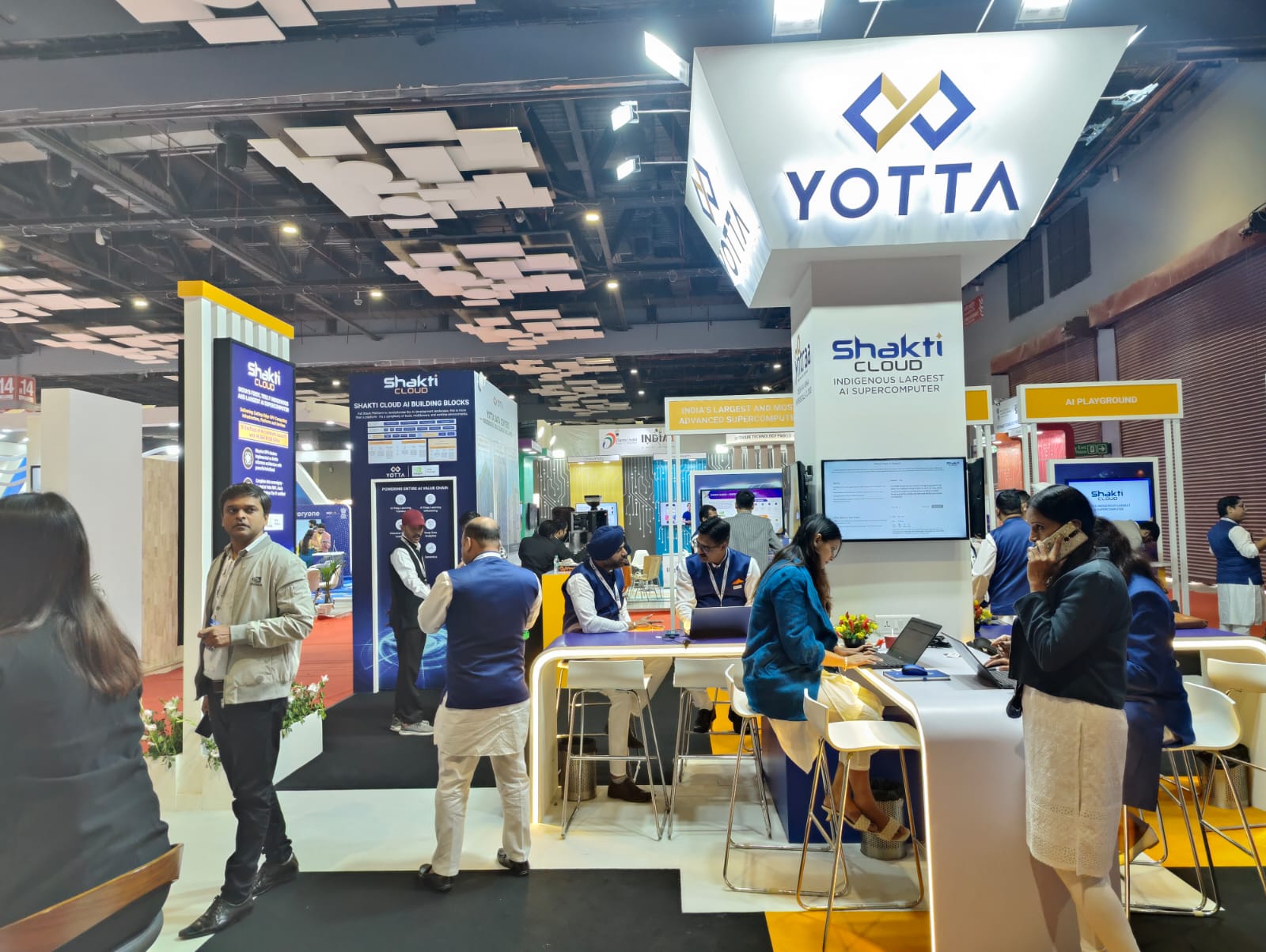
NEW DELHI: Yotta Data Services, an end-to-end Digital Transformation service provider, has announced that its state-of-the-art data centre facility, “Yotta G1”, located in GIFT city, Gandhinagar is ready for service (RFS).
The opening of this data center marks the debut of Yotta in Gujarat and progresses the company’s mission to provide digital services in India’s high-growth markets.
G1 is Yotta’s fifth data center facility in the country. It joins four large operational data centers, two of which, at Navi Mumbai and Greater Noida are part of hyperscale campuses. Yotta G1 is uniquely located inside the International Financial Services Center (IFSC) zone of Gandhinagar’s Gujarat International Finance Tec-City (GIFT city).
G1 represents an investment of more than INR 500 cr. over five years across critical non-IT and IT / Cloud / AI compute infrastructure. The data center has a capacity of over 350 high-density racks and 2 MW power (which can be scaled further as per demand). The facility is designed to meet the most demanding digital needs of its customers, who may be located within GIFT City or anywhere in the world, by seamlessly delivering fault-tolerant facility infrastructure, high-performance Cloud compute and storage infrastructure, advanced physical and cyber security, unmatched connectivity, and steadfast sustainability.
For large global enterprises operating in the GIFT City IFSC zone, the G1 data center functions as a potential data embassy, whereby their data stored is subject to the laws and regulations of their home country, thus allowing them to maintain sovereignty over their data, even when stored in India. By storing data in a physically different location, global enterprises can ensure continuity of operations in case of major disruptions within their borders. The data center’s location also ensures compliance with the IFSC regulations, providing businesses in the zone with distinct advantages like free foreign exchange convertibility, a liberalised regulatory environment, and business-friendly policies. It also helps enterprises adhere to IFSC’s compliance requirements, including being mandated to host their data within the IFSC zone.
Commenting on the announcement, Darshan Hiranandani, Co-founder and Chairman, Yotta Data Services, said, “The state of Gujarat, with GIFT City, has been at the forefront of providing a viable and sustainable platform for global businesses to set up base in India. The setting up of the IFSC zone is a further testament to their vision for financial services companies. We are proud to support this vision of the Gujarat government with a state-of-the-art data center within the IFSC zone, providing the latest and best in cutting-edge technologies to help businesses set up and scale their businesses while also adhering to all regulatory requirements.”
Adding to this, Sunil Gupta, Co-Founder, MD & CEO, Yotta Data Services, said, “Yotta’s G1 marks a pivotal milestone in delivering high-end data center, Cloud, AI compute, storage, connectivity and cybersecurity services to enterprises both on a global and local scale in the Gujarat region. Besides serving the domestic enterprises within and outside GIFT City, our data center shall serve as a potential data embassy for global enterprises, enabling them to adhere to their respective country’s laws while offering a dependable and secure locale for offshore data storage.”
G1 data centre stands distinct in GIFT city for being a data center offering more than just colocation services. True to Yotta’s stature as the end-to-end digital transformation partner of choice for enterprises, G1 brings forth a suite of key features, ranging from advanced data security and customised business solutions to an indigenous hyperscale cloud offering, AI-GPU compute offering, state-of-the-art infrastructure, cybersecurity expertise, seamless integration with managed IT services, 24/7 customer support, cost optimisation, and an overall competitive edge.
This announcement follows on the heels of Yotta’s recent launch of its cloud services – Shakti Cloud and Yntraa Cloud. Powered by NVIDIA’s top-of-the-line GPUs, Shakti Cloud is India’s largest & fastest AI-HPC supercomputer, delivering cutting-edge GPU computing infrastructure, platforms, and services, including Infrastructure as a Service, Platform as a Service, and Software as a Service. Yntraa Cloud, on the other hand, is a truly indigenous hyperscale cloud platform at par with global cloud platforms, offering an exhaustive range of cloud products and services.
News
Optiemus Infracom joins hands with Corning International
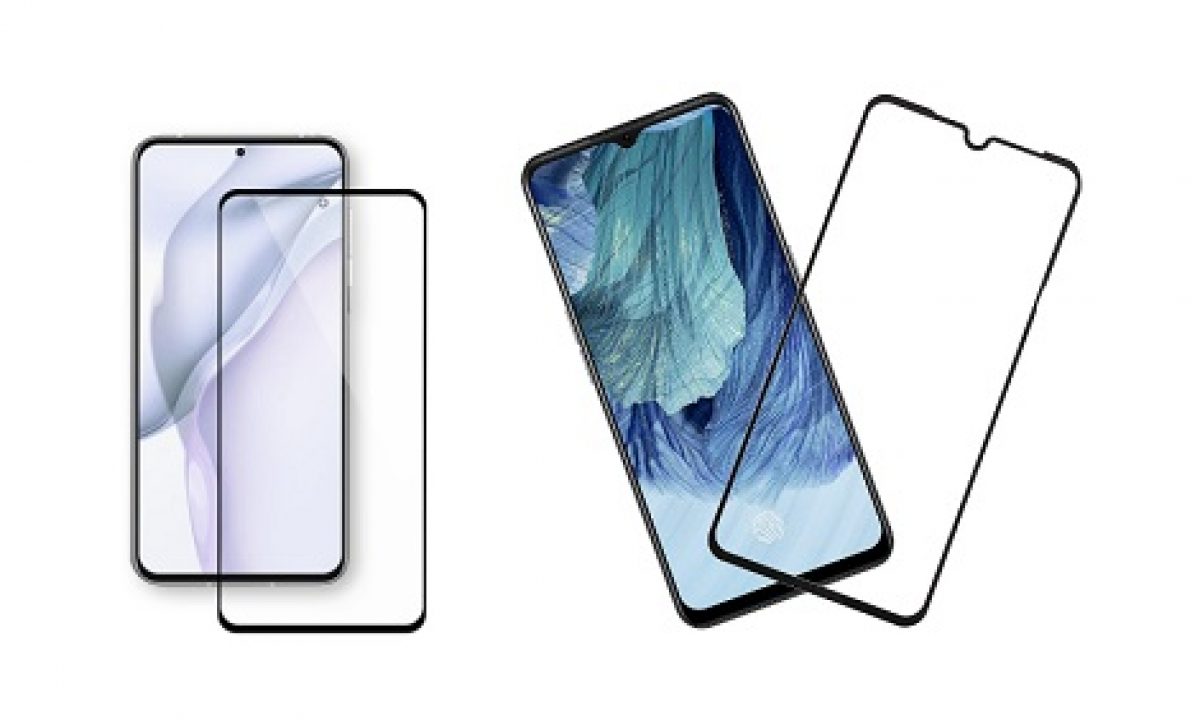
NEW DELHI: Domestic contract manufacturer Optiemus Infracom has entered into a joint venture with US-based speciality glassmaker Corning International to set up India’s first manufacturing facility for producing high-quality finished cover glass parts for the mobile consumer electronics industry.
The collaboration between both the companies will help expand India’s electronics manufacturing ecosystem, as the Indian government strengthens its Make in India initiative. As a part of the joint venture, the companies strategically aim to set up a world-class manufacturing facility in India, powered by cutting-edge technologies and processes.
Driven by a shared commitment to innovation and technological excellence, this collaboration will pave the way for the manufacturing of “Made in India” finished cover glass parts for use in mobile consumer electronic devices, and other cover glass applications, to meet the needs of next-generation mobile consumer electronic devices.
The joint venture signifies a powerful synergy between Optiemus’s deep domestic industry and manufacturing knowledge of electronics and telecom market and Corning’s globally-acclaimed expertise in advanced glass technology. By combining these strengths, the joint venture aspires to not only establish cover glass manufacturing capabilities and capacity in India, but also to contribute significantly to the creation of jobs and skill development within India’s thriving technology sector, the companies said in a statement.
Ashok Kumar Gupta, Chairman, Optiemus Infracom, said, “It is a matter of great pride for us to actively contribute to the growing manufacturing ecosystem in the country. With this joint venture, initiated in line with the vision of Hon’ble Prime Minister of India of ‘Make in India’ programme and the “Atmanirbhar Bharat” initiative, we are committed to make available world-class high-quality products for global and local brands.”
“Embarking on this new journey, we intend to emerge as one of the top manufacturers of finished cover glass parts for use in mobile consumer electronic devices in the next five years. Our collective expertise in innovation, design, and manufacturing, will provide holistic solutions for the brands,” Gupta added.
5g
MediaTek Catch-up with Tech: Infinix Zero 30 5G with Dimensity 8020 launched

NEW DELHI: Chipset maker MediaTek, which claims to power more than two billion connected devices every year, hosted ‘Catch-up with Tech’ in collaboration with handset brand Infinix on August 28 to share insightful and engaging conversations about the new-age smartphones and innovative technologies powering everyday lives.
The meet-up threw the spotlight on the MediaTek Dimensity Auto, Satellite solutions and Generative AI along with an extensive showcase of newly-launched Infinix Zero 30 5G powered by MediaTek Dimensity 8020, Infinix GT 10 Pro powered by MediaTek Dimensity 8050, and Infinix QLED TV powered by MediaTek.
In terms of specs, the Infinix Zero 30 5G is tailored for young storytellers and creators, featuring the first-ever smartphone to deliver 4K 60fps video recording from its 108 MP OIS rear camera and ultra-high resolution 50MP front camera. The Zero 30 series powered by MediaTek Dimensity 8020 is said to be a game changer for the front camera vlogging experience along with being the slimmest curved AMOLED smartphone in the segment with glass and a vegan leather back panel. It also claims to be one of the most premium-looking devices in the segment.
The event witnessed a panel discussion moderated by Anuj Sidharth, Deputy Director Marketing & Corporate Communications, MediaTek and included expert panelists from Infinix, MediaTek and two renowned professional photographers.
“With the fifth edition of Catch-up with Tech, we aim to bring consumers closer to the technology and enable them to make informed buying decisions based on their diverse needs. In collaboration with Infinix, this meet-up is in-line with MediaTek’s vision of technology democratization and making innovative technology accessible to everyone,” said Anku Jain, Managing Director, MediaTek India. “The MediaTek Dimensity 8020 in Infinix Zero 30 5G brings faster displays, brilliant cameras and ultra-fast performance. Further, MediaTek Imagiq technologies enrich the capture experience by combining dedicated AI, imaging processors and accelerators to provide incredible results,” he added.
Anish Kapoor, CEO, Infinix Mobile India, said, “Featuring India’s first 50MP 4K 60 fps video recording, Infinix Zero 30 5G is primed to redefine smartphone imaging capabilities, setting a new standard for the creators and vlogging enthusiasts. Our collaboration with MediaTek has played a pivotal role in shaping our exceptional smartphone portfolio, and the Zero 30 5G stands as evidence of our unwavering commitment to innovation and delivering unmatched experiences to our users. The display and design of the device represent a leap forward in smartphone technology. As Infinix Zero 30 5G hits the shelves, we are positive that our customers will find this new offering as exhilarating as we do, further empowering creators to capture their story like never before.”
Radhakrishnan Chakyat, a photography evangelist, founder and host of Pixel Viilage, said, “Infinix Zero 30 5G smartphone powered by MediaTek Dimensity 8020 chipset has amazing hardware features, an excellent camera, dual-view video mode and is primed for optimal content creation and saves a tremendous amount of editing time.”
Aarzoo Khurana, a wildlife photographer, said, “Over the last few days, I clicked various pictures and recorded a few videos with the newly-launched Infinix Zero 30 5G powered by MediaTek Dimensity 8020, and the experience has been truly inspiring. Infinix’s smartphone’s OIS feature helps content creators click shake-free pictures and the front camera, which is extremely sharp and detailed, enables content creators to click countless selfies.”







